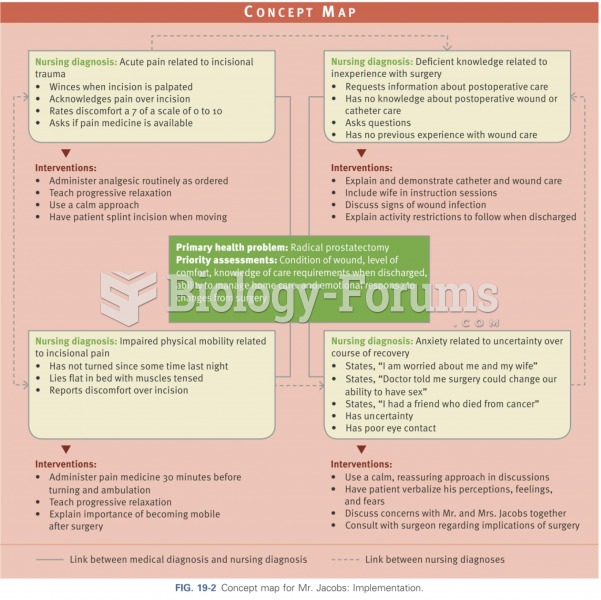Answer to Question 1
Feedback: Stacey's model of the modern family can be described as the 1950s model of an intact nuclear household composed of a male breadwinner, his full-time homemaker wife, and their dependent children. Although this family form was dominant in society, its prevalence varied by social class.The pattern clearly prevailed in middle- and working-class families but was much less likely among low-income families, where women have always had to work outside the home to supplement family income, and in immigrant families who used kinship connections to adjust in the new society. In contrast, she uses the term postmodern families for the diverse family forms that include a different arrangement than a breadwinner husband, homemaker wife, and their dependent children. These include divorce-extended families, families with adult children or elderly parents living at home, single parents with children, among others. These postmodern family forms are new to working-class and middle-class families as they adjust to the structural transformation, but they are not new to those in poverty.
Answer to Question 2
Feedback: The portrayals of families on television show how the ideal or typical American family has shifted over time. In the 1950s and into the 1960s, families fit the husband-breadwinner, wife-homemaker model. Coinciding with rising divorce rates, in the late 1960s and 1970s family forms began to shift to include blended families, single-parent families, and minority families. Popular shows in the 1980s focused on dysfunctional wealthy families in shows that were more like soap-operas than sitcoms. Today, reality television provides a new depiction of family life. While heavily scripted, these shows demonstrate the conflicts and troubles of actual families, and show just how distant the portrayals of the 1950s TV families are.







